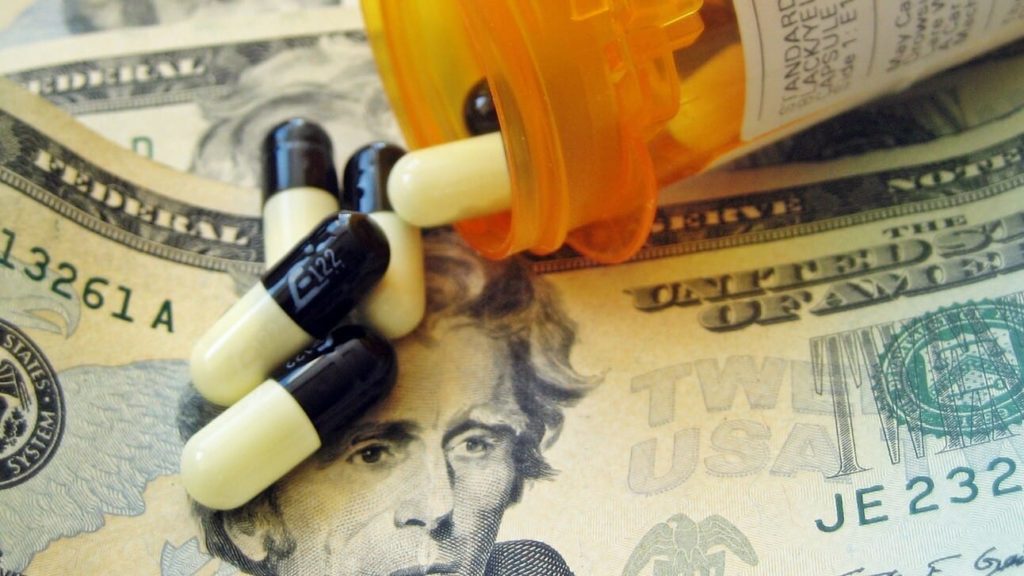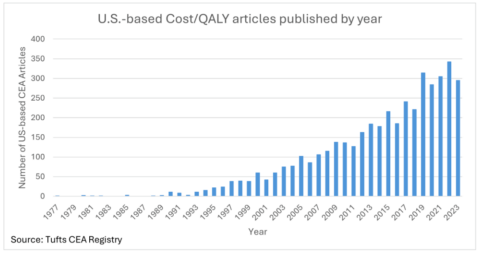Reading Bob Herman’s new STAT piece about the newest PBM tactic — something called “rebate credits” — is kind of tough sledding. The source materials aren’t made available, so his piece consists mostly of second-hand descriptions of what rebate credits are.
It’s a little like hearing someone who has read Game of Thrones talk to someone who has never heard of Ned Stark: it makes some sense, but it’s pretty hard to follow.
Essentially, it sounds like CVS Caremark has unveiled a new contractual twist that allows them to wiggle out of rebate guarantees when they move to lower-priced products (such as biosimilars). “They’re sort of saying you have to suffer the loss of the rebates, and you have to pay us back because we didn’t get our portion of the rebates,” is how Paul Holmes, an attorney at Williams Barber Morel, described it. He reviewed some documents for STAT.
But this is all hard to summarize, so if you haven’t done it, it’s probably worth reading Bob’s piece itself.
I have no idea why this study popped up in my feed today. It’s from November, but I don’t think I wrote about it then. But it’s definitely worth spotlighting.
It is research from a community health center in Ohio, describing patient reactions to their 340B program.
As we talk about here all the time, most providers use 340B as a form of pharmaceutical arbitrage, buying medicines at low costs and “selling” them to well-insured patients, capturing the spread, and using the dollars pretty much however they wish. It’s a weird, opaque, and convoluted process, where the evidence of patient benefit is generally pretty thin. It’s also one that is hugely profitable.
But that’s not the only way that the 340B program can work. The low-cost meds can be passed along directly to low-income Americans, ensuring that the patients who need the discounts can benefit directly. There are a handful of ways to do this, but one idea that’s been trotted out is putting “340B cards” — which works similarly to any other discount card — directly in the hands of patients.
That’s generally the approach taken in Ohio and detailed in the new study. Researchers looked at the way that the clinic’s Prescription Cash Discount Program worked for patients who needed insulin, and the short version is that it worked well. It turns out that giving highly discounted medicines to patients who don’t otherwise have access is hugely useful and popular. The whole thing is worth the read if you’re into 340B.
This isn’t the first time there’s been a publication about a 340B provider just giving cheap meds to needy patients. Last September, a philosophically similar effort around COPD treatments at a Kansas clinic was written up in a journal article, showing that patients saw less cost burden and the system averted a ton of costs.
These solutions make sense, but to be really, really clear: this is a hugely unusual way of using the 340B program. IQVIA did a great analysis in 2022 that found that only about 1.4% of 340B claimed used a 340B card, even though the average discount was nearly 93%.
I love highlighting these exceptions, though, because they show that the 340B system can transparency and equitably deliver measurable benefits to patients. It’s just that the non-transparent, non-equitable standard is a lot more popular.
This is incredible work from Janssen, summarizing the landscape around prescription drug affordability boards and outlining the problems with those efforts. I don’t have a lot of commentary here. It’s just a great resource, and I wanted to both commend the Janssen team and amplify the report as best I can.
Elsewhere:
The Harris Poll has pharma’s favorability ratings at about 55%, in the middle of the pack compared with other industries and above its pre-pandemic baseline. That finding is an outlier — most other polling seems to have the industry on the struggle bus, reputationally — but I guess pharma should take good news when they can get it.
There still seems to be a lot of uncertainty about what will be in and what will be out of a new WTO treaty around future pandemics (Axios’ story today is a good summary). It sounds like the big question is whether the final version is going to include a requirement that pharma companies give 20% of their supplies to the WTO for free or reduced prices.
It’s good to see the issue of copay accumulators get attention, and this KFF Health News piece should build awareness of one of the most patently harmful ideas in a health system awash in harmful ideas.
I need to go through more thoroughly the new annual report from the Massachusetts Health Policy Commission detailing spending in the state. The topline is that the state is spending a lot more than it wanted to and that medicines are one of the big drivers of that spending. But I don’t think there is a whole lot on the degree to which prices are driving spending, as compared with utilization. Because if spending is up because more people are on the right meds, that’s not necessarily a bad thing.
If this email was forwarded to you, and you’d like to become a reader, click here to see back issues of Cost Curve and subscribe to the newsletter.





